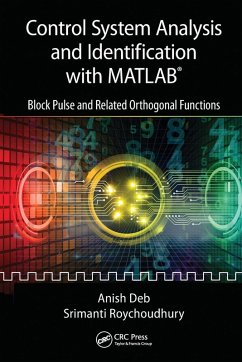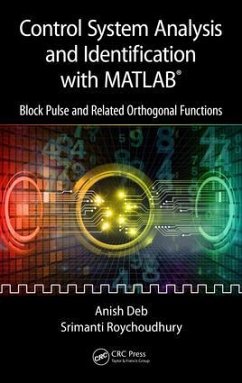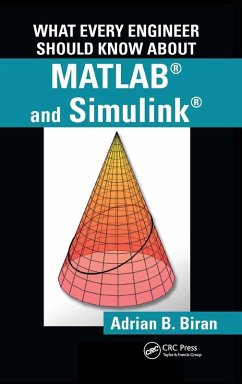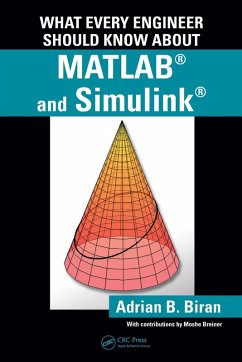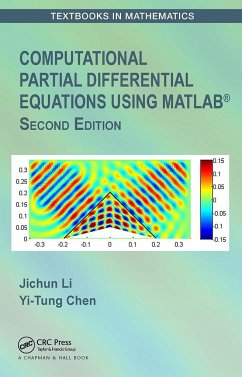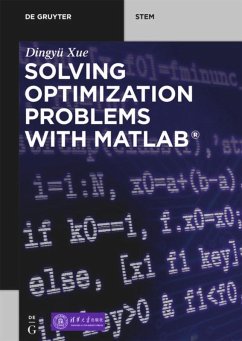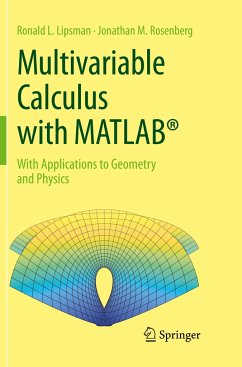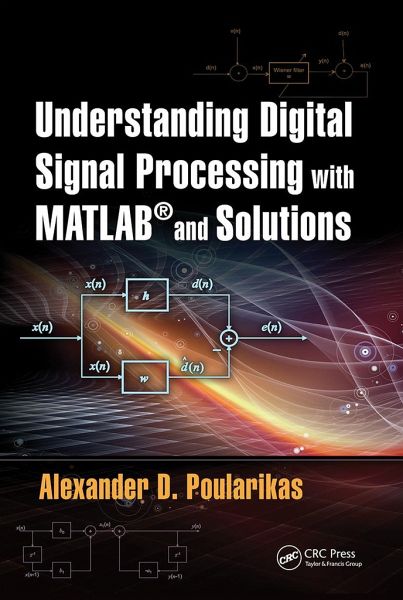
Understanding Digital Signal Processing with MATLAB® and Solutions
Versandkostenfrei!
Versandfertig in 1-2 Wochen
100,99 €
inkl. MwSt.
Weitere Ausgaben:

PAYBACK Punkte
50 °P sammeln!
The book discusses receiving signals that most electrical engineers detect and study. The vast majority of signals could never be detected due to random additive signals, known as noise, that distorts them or completely overshadows them. Such examples include an audio signal of the pilot communicating with the ground over the engine noise or a bioengineer listening for a fetus' heartbeat over the mother's. The text presents the methods for extracting the desired signals from the noise. Each new development includes examples and exercises that use MATLAB to provide the answer in graphic forms f...
The book discusses receiving signals that most electrical engineers detect and study. The vast majority of signals could never be detected due to random additive signals, known as noise, that distorts them or completely overshadows them. Such examples include an audio signal of the pilot communicating with the ground over the engine noise or a bioengineer listening for a fetus' heartbeat over the mother's. The text presents the methods for extracting the desired signals from the noise. Each new development includes examples and exercises that use MATLAB to provide the answer in graphic forms for the reader's comprehension and understanding.





